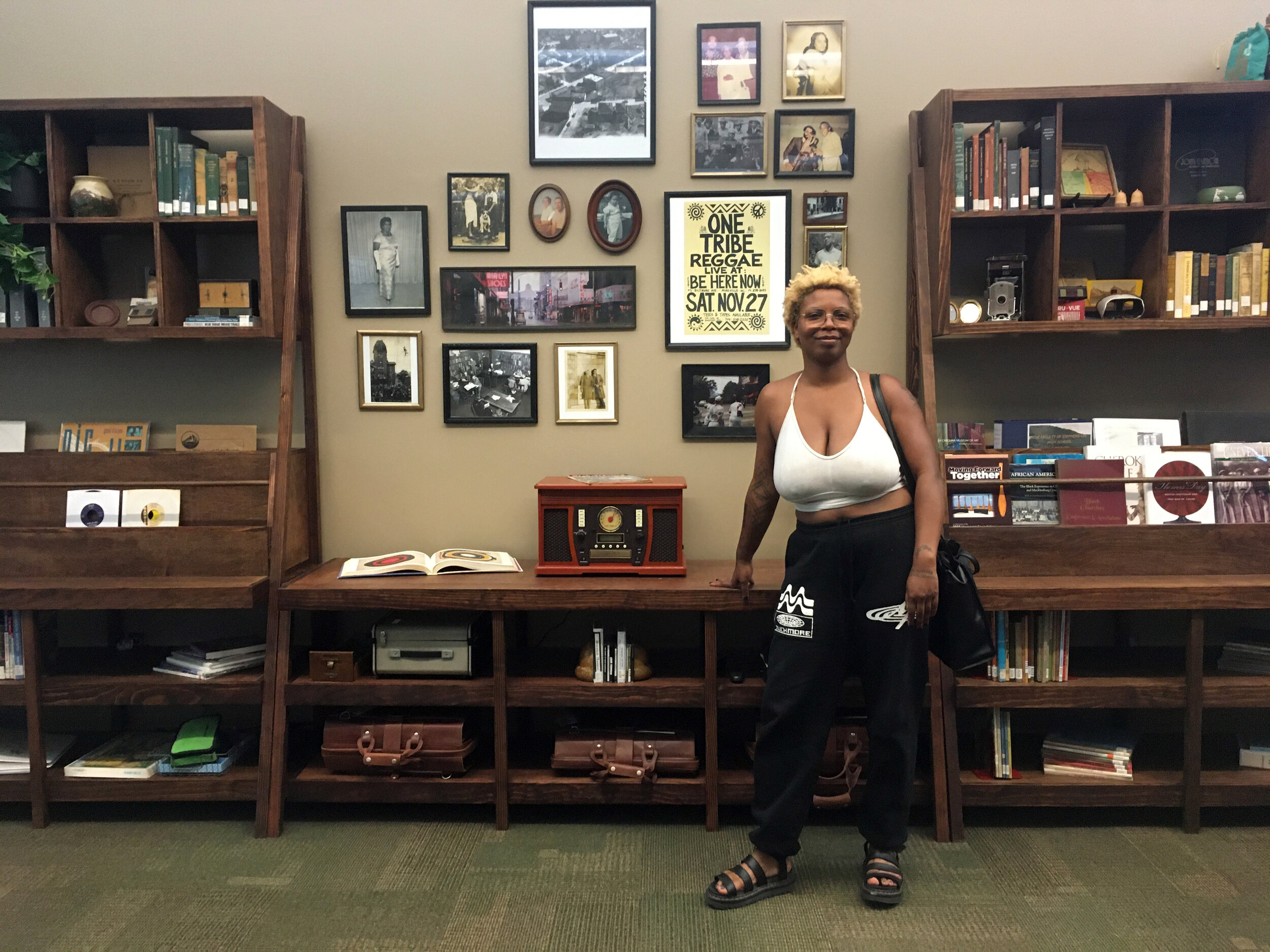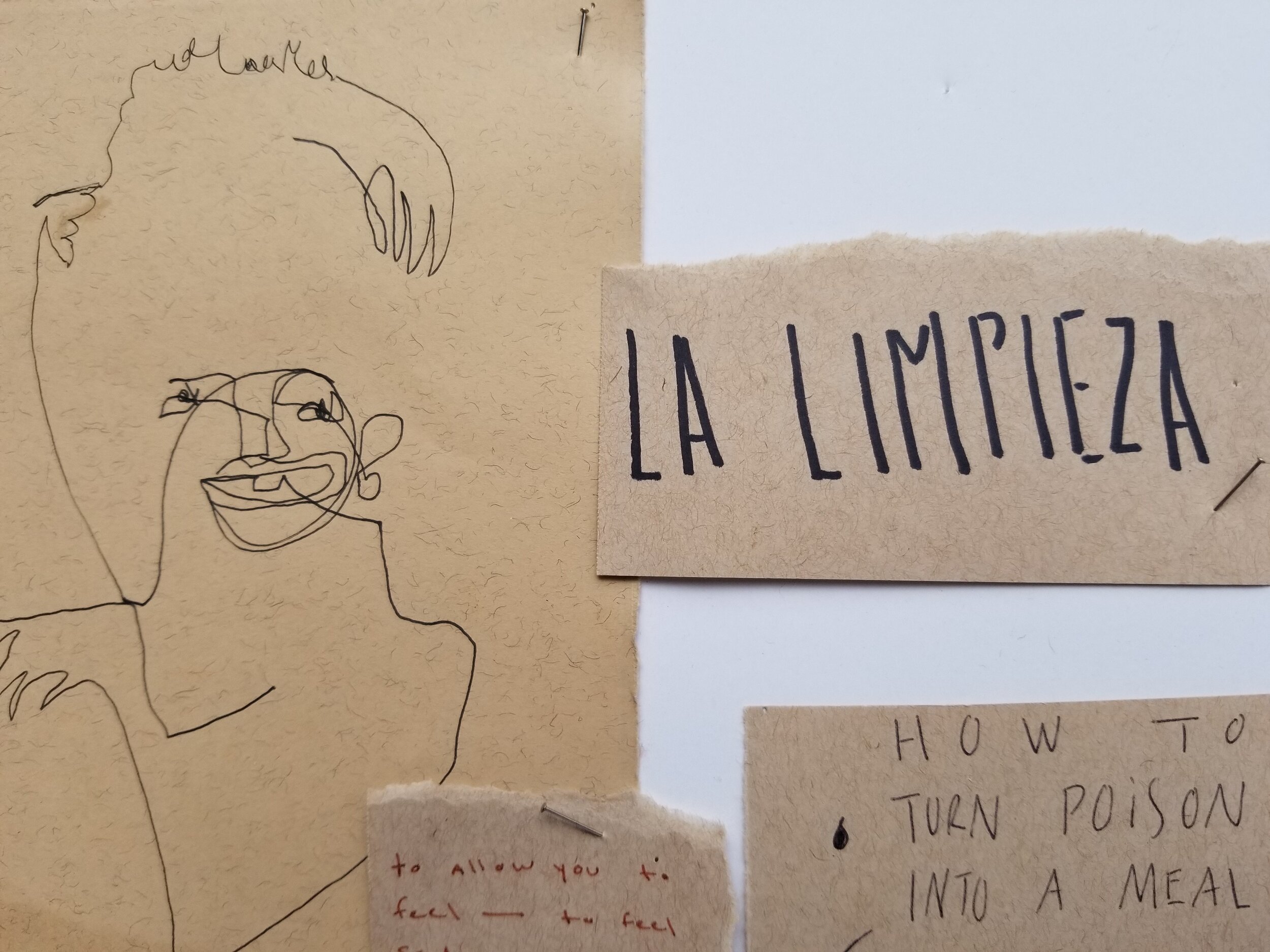Race
The term race refers to the concept of dividing people into populations or groups on the basis of various sets of physical characteristics (which usually result from genetic ancestry). Race presumes shared biological or genetic traits, whether actual or asserted. Historically and today, racial differences were and are ascribed significance in areas of intelligence, health, and personality. There is no evidence validating these ideas.
(http://www.ala.org/pla/sites/ala.org.pla/files/content/initiatives/edisj/SCPL_EDI_Lexicon.pdf)
Related Terms:
The term race refers to the concept of dividing people into populations or groups on the basis of various sets of physical characteristics (which usually result from genetic ancestry).
intersectionality is the theory that the overlap of various social identities, as race, gender, sexuality, and class, contributes to the specific type of systemic oppression and discrimination experienced by an individual (often used attributively).
Racial justice is the systematic fair treatment of people of all races, resulting in equitable opportunities and outcomes for all.
In relation to art, the term diaspora is used to discuss artists who have migrated from one part of the world to another, (or whose families have), and who express their diverse experiences of culture and identity in the work they make; often expressing alternative narratives, and challenging the ideas and structures of the established art world.
the origin or source of something, information regarding the origins, custody, and ownership of an item or collection
Traditionally an archive is a store of documents or artifacts of a purely documentary nature
Decolonising the art institution usually means reviewing the canon and questioning its ability to include different voices or perspectives (remembering that decolonisation is not the same as diversity).
Racial equity is about eliminating racism.
Equity is the outcome when race will no longer be a predictor of health, education, income, etc.
Related Features:
My experience navigating the world of digital collections… A few tips to navigating archives:
Start off with no assumptions
Documentation from The Edenic Zone, an immersive outdoor experience manifesting a portal of rest and beauty as imagined by Zona Baari in collaboration with Casa de Coco.
One person would have a hard time trying to save the world, but they can offer a shift in vibration within the micro to positively affect the macro. My belief is there exists many realities on this planet and ultimately varying frequencies we may step in and out of.
Bone – as what is beneath the surface of self. Exists in us all, and what’s behind the mask of skin. The great equalizer. A physical resemblance of our own undeniable truth and vulnerability.
Through the process of collecting these pieces, I noticed myself tapping back into familial practices to take care of oneself. These acts were so deeply embedded into everyday life that I did not question it or even acknowledge it as a practice.
With the understanding that channeling joy is a true act of vulnerability, we voluntarily give ourselves to the motion of falling. Equipped with protection, we learn how to fall so that we know how to collapse gracefully then rise again.
La Limpieza, which translates to “cleaning” or “cleanse,” is one of three short films that exists under the project, How to Turn Poison Into a Meal. It consists of intimate moments between oneself and a shared space to witness each other's movements and sounds.
How to Turn Poison Into a Meal is the name of my Fall/Winter 2020 collection. This project is a way for me to celebrate and remember, as well as using my body as an archive, creating documentation of my ancestors and their practices of reveling in joy and resilience from a heavy existence.
… I intend to recreate.
To photograph and film familial practices that were neither documented nor celebrated, rather, shared through word of mouth and performed together habitually…










The American Library by Yinka Shonibare CBE is a celebration of the diversity of the American population. It aims to be an instigator of discovery and debate. On the spines of many of these books are, printed in gold, the names of people who immigrated, or whose antecedents immigrated to the United States. On other books are the names of African Americans who relocated or whose parents relocated out of the American South during the Great Migration.